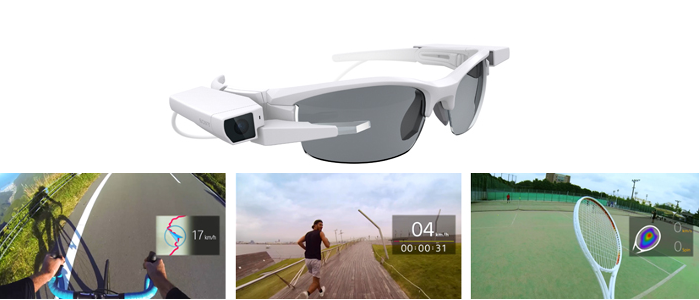Today is CES2015´s last day. Earlier this week we wrote a quick review of this year´s wearable devices lineup and were wondering if the largest consumer electronics´ trade fair in the US is lacking in product premieres and new application fields.
We have not been able to discover any truly disruptive product introductions. However, this may not be a bad thing. The technology fair is after all a consumer fair where you should expect market-ready products on display. Moreover, WT is excited to see that many of the products we have reviewed in the last year(s) are on the brink of main stream success. And what is quite interesting for players in the smart watch field: in lieu of the deafening absence of the Apple Watch, an army of Android smart watch manufacturers is marching in to grab the available market share for 2nd and 3rd generation smart watches: heavily embellished, upgraded and conquering even your business attire.
In our previous overview we listed products from Sony, the Make it Wearable Challenge (Nixie), Swarovski, Intel and Zepp.
Let´s take a look at this part II highlights in wearable tech devices and gadgets from the CES2015 in Las Vegas:
- Market leader in navigation and mapping HERE (Nokia) unveils its collaboration with BMW and present their joint Intelligent Drive project. The company also announced it partnered up with the company Vuzix, integrating HERE´s mapping technology in its Vuzix M100 smartglasses.
- E-ink smart and fashionable bracelet by LookSee Labs. The bracelet is a customizable e-fashion item which displays a pattern of your choice and a message notification on your wrist. This is the 2nd big E-Ink product announcement circling the web in the past month – after Sony presented its FES (fashion entertainments) smart paper watch – and we wonder: does this signal a trend in digitial paper technologies for wearable technologies?
- Motorola Hint is a multifunctional and sleekly designed Bluetooth headset that can create reminders, play music, make phone calls and more. The device was out in September 2014.
- Oculus Rift. The Virtual Reality headset that snaps a Samsung mobile phone onto it, making a big introduction to the market at the IFA in Berlin. In the past year the VR headset has been acquired by Facebook in 2014 in the company´s strategic quest for the future inportable computing.
- Autographer a wearable camara is 100% hands off and sits in your shirt pocket or can be worn on your neck. The casing sensors detect any movement in front of you and trigger the camara to take pictures.
- The iPacifier monitors your baby´s body temperature and transmits the data to the paired app by means of Bluetooth technology.
Our first conclusions are that form factor has pushed the smart bands and watches out of the typical gym environment and into daily life and even business contexts as functionalities and form factors in smart bracelets have become very diversified.
Many of the driving forces in form factors and functionalities are the enabling technologies: energy supply, thin and bendable batteries, liquid crystals, wireless connections, sensor technologies for monitoring, green light monitoring, in-body technologies, user interfaces and the list goes on.
If you want to find out who is leading these eneabling technology developments that support these devices, please attend our WT I wearable technologies conference in Munich on February 2nd and 3rd 2015. The conference is tailored to bring engineers, CTOs and VPs of business the latest in tech they should want to incorporate in their technology roadmaps.












